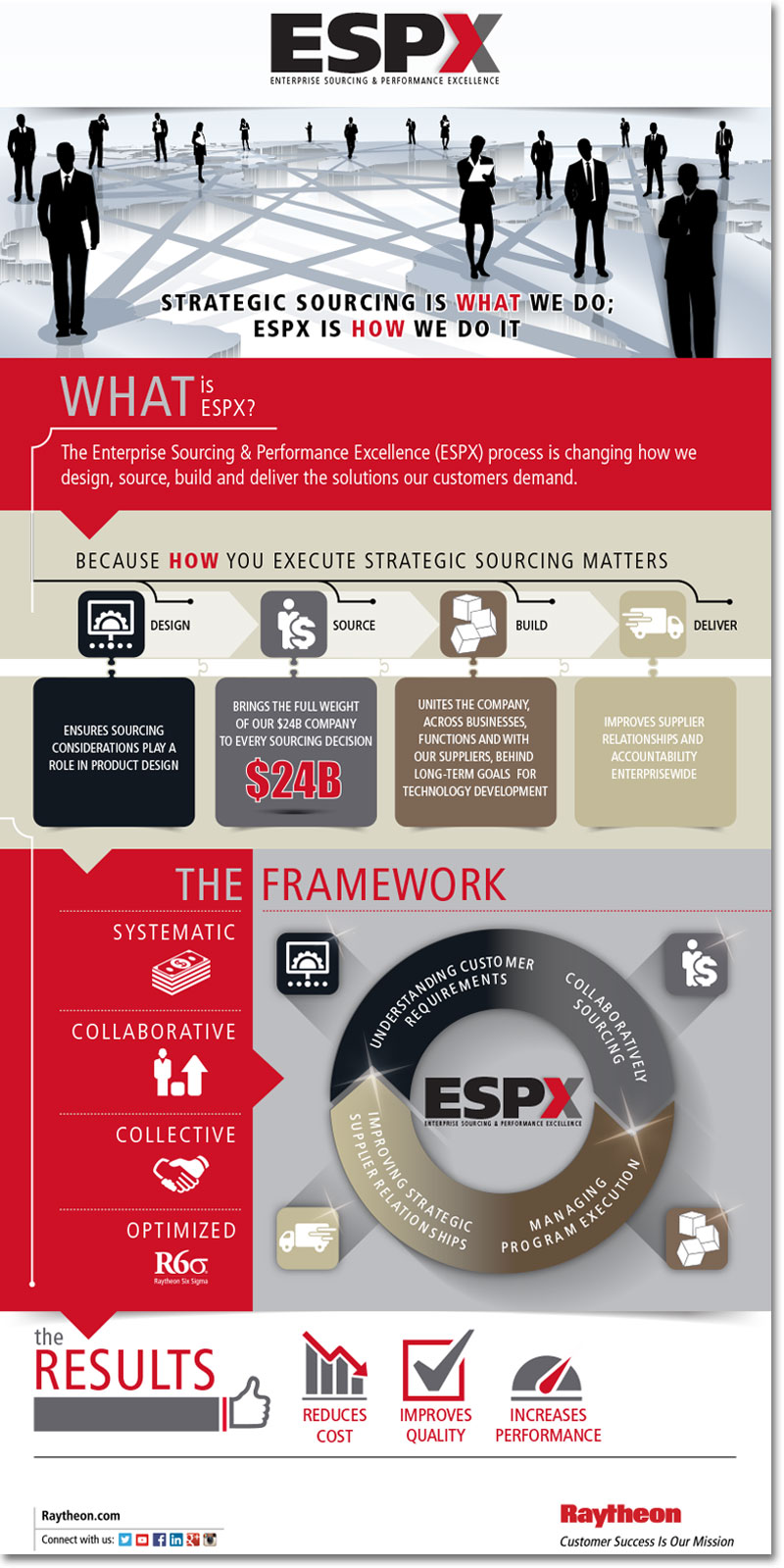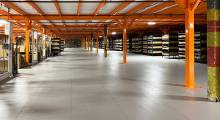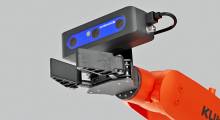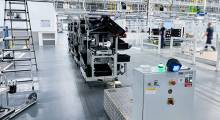Regardless of the industry, the best companies are in the midst of transforming their supply chains to gain a sustainable competitive advantage.
In the March issue of Supply Chain Management Review, I had the opportunity to detail how Raytheon is rolling out a supplier advisory council as part of its supply chain transformation.
But another piece of that transformation is the adoption of Big Data, data analytics, and new technologies, like 3D goggles.
It’s a safe bet to say that most organizations are looking at these innovations and asking what they may mean to their supply chains.
It’s probably also safe to say that only a handful are adopting them.
You can put Raytheon in the latter camp, according to David Wilkins, Raytheon’s Vice President of Contracts & Supply Chain.
At the Chief Supply Chain Officer Forum in Chicago in June, Wilkins spoke about how data visualization, predictive analytics, and Big Data has turned complexity into a competitive advantage for Raytheon.
Below is an excerpt from a Q&A conducted with Wilkins on this topic and provided by Raytheon.
What’s driving Raytheon’s focus on supply chain?
Our supply chain is under intense scrutiny, a level never before seen in the defense industry. Our customers need us to “do more with less” – that means providing the most advanced capability at the lowest possible price. When roughly 70 percent of a program’s cost comes from materials, we know we can reduce costs by sourcing smarter.
To do this, we’re using data analytics, collaborative technology and an internal strategic sourcing framework called Enterprise Sourcing & Performance Excellence (ESPX).
How is Raytheon using data analytics to improve its supply chain practices?
Raytheon’s supply chain environment is complex: We’re a company of four businesses, 8,000 programs, and more than 10,000 suppliers.
A few years ago, we realized we needed a platform that provided rapid, data-driven decision making across all of these factors. So we developed ‘Supplier Insight,’ which integrates structured and unstructured data from sources within and outside of the company.
We’re able to track our suppliers’ financial stability and performance on a number of key factors. And, if there’s a wildfire, hurricane, or earthquake that may affect our suppliers’ ability to provide what we need, we know about it immediately and can make quick decisions that’ll reduce any impact to our customers.
How has data analytics helped you reduce costs within your supply chain?
We now have the ability to look across all of our programs and suppliers for ways to reduce costs. The data analytics Supplier Insight provides allows us to better negotiate costs by whittling down our suppliers and engaging in long-term contracts for multiple programs.

Are we purchasing materials from Supplier A, B, and C that we could get from Supplier A for a better price? Does Supplier C have a critical technology we need, eliminating our need to spend internal R&D dollars? These are just a few examples of how data analytics have provided a tremendous benefit to reducing the cost of our programs.
What are some of the unique technologies Raytheon uses to collaborate with suppliers?
In 2014, we introduced the Immersive Design Center at our facility in Andover, Massachusetts. We’re using this 3-D, immersive environment to drive product excellence and accelerate time-to-market through co-development and co-production of products.
The IDC provides 320 degrees of large-scale 3-D immersive data visualization and interaction. With it, there’s better alignment between our engineers, our suppliers, and our customers. Users wear 3-D goggles and can then interact with virtual models of products projected into the room.
Together, we can refine designs and detect potential problems without having to work and rework expensive prototypes. We also have a remote feature that allows us to connect with suppliers and customers around the world.
What’s the future of Big Data and the supply chain?
We’re still at the beginning stages of big data-driven supply chain decision making. I think all of the things we can do today will be even better, faster, and smoother tomorrow – there is still much to be squeezed out of current capabilities.
Ultimately, I think that Big Data will simplify our supply chain so we work with a smaller group of suppliers on a more strategic basis. Which isn’t to say that small businesses will be negatively impacted, on the contrary, I believe that Big Data will allow us to more easily identify high-performing, innovative small businesses.
In the future, we’ll expect our analytics platforms to constantly be data mining for new partners. This “suggestive” capability will improve performance and protect the bottom line.
Related Read: Raytheon’s Supplier Relationship Management

Top Big Data Analytics Resources
Turning “Big Data” Into “Big Visibility”
Advanced analytics can generate deep and expansive value by providing real time visibility across the supply chain and improving forecasting, demand planning, sourcing, replenishment, production, transportation and logistics, and distribution processes. One Network Enterprises
Supply Chain Big Data – 5 Steps to Gaining Visibility & Control
Improving visibility provides a real opportunity to gain competitive advantage. The big data needed for end-to-end visibility is out there waiting to be harnessed and the rewards are at your fingertips. Kewill
Create a Visible Value Chain Across Your Critical Business Operations
In this paper, Zebra shows how to accelerate the path to IoT through the Visible Value Chain (VVC). It enables organizations to gain real-time visibility into their operations allowing them to be more nimble, agile, and make better-informed business decisions. Zebra Technologies
Putting Data Analytics to Work for Your DC
Most facilities are using data, but not everyone is getting the most out of it. What good are enormous data sets if you can’t use insights to improve warehouse planning and operations? FORTE Industries
Three Must-Have Capabilities to Achieve Global Supply Chain Visibility
Most facilities are using data, but not everyone is getting the most out of it. What good are enormous data sets if you can’t use insights to improve warehouse planning and operations? Amber Road
About the Author
Follow Robotics 24/7 on Linkedin
Article topics
Email Sign Up























